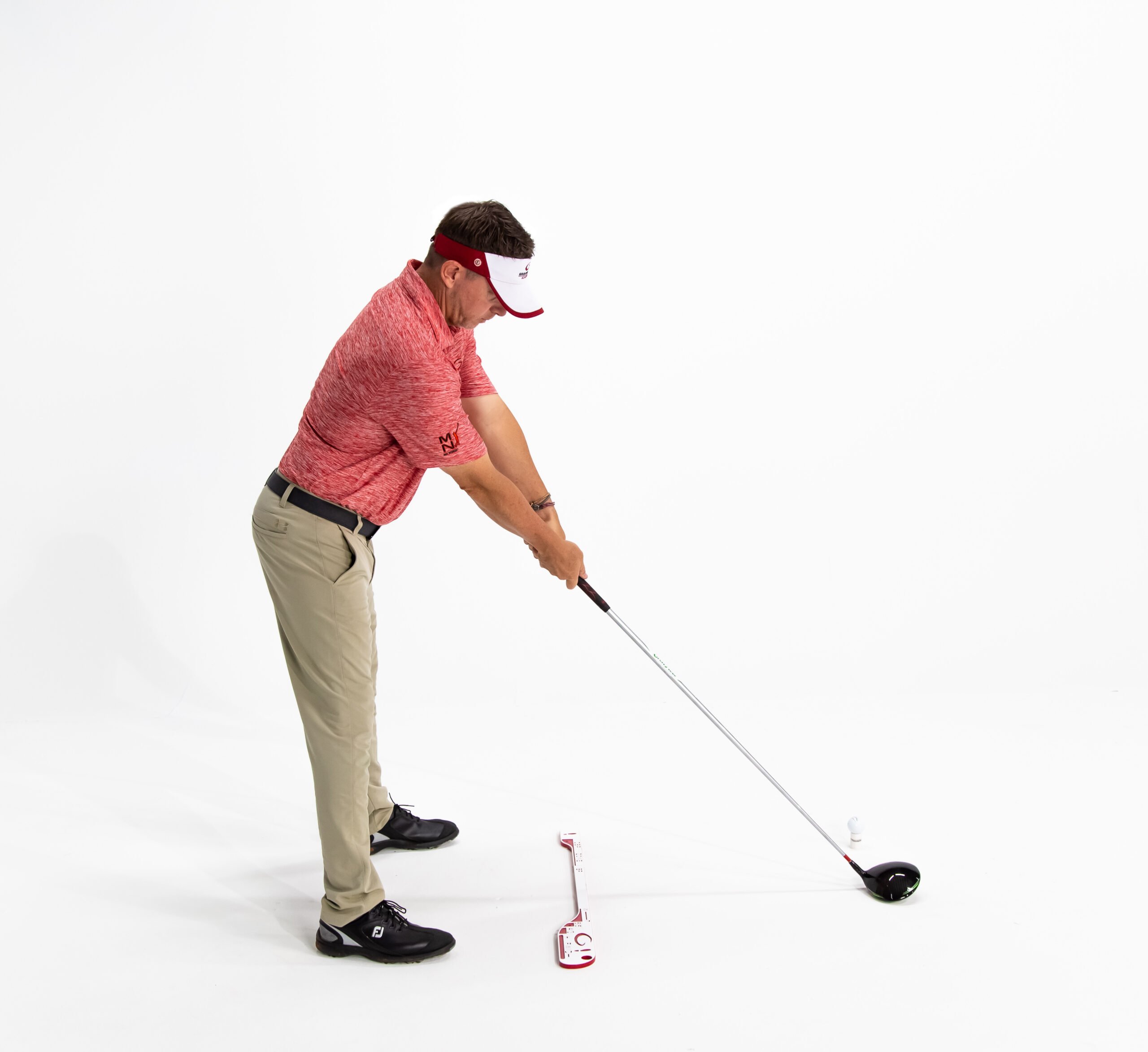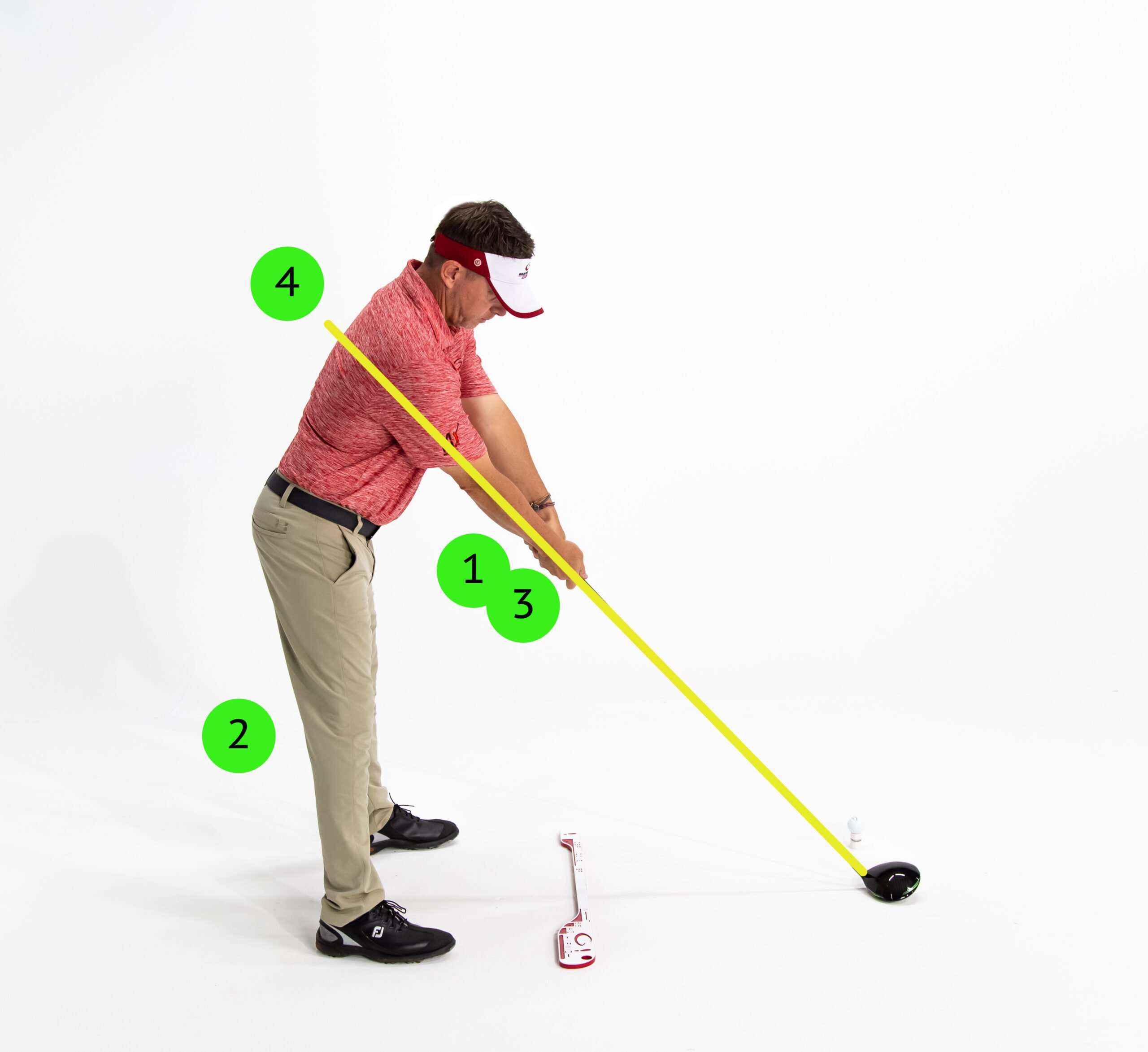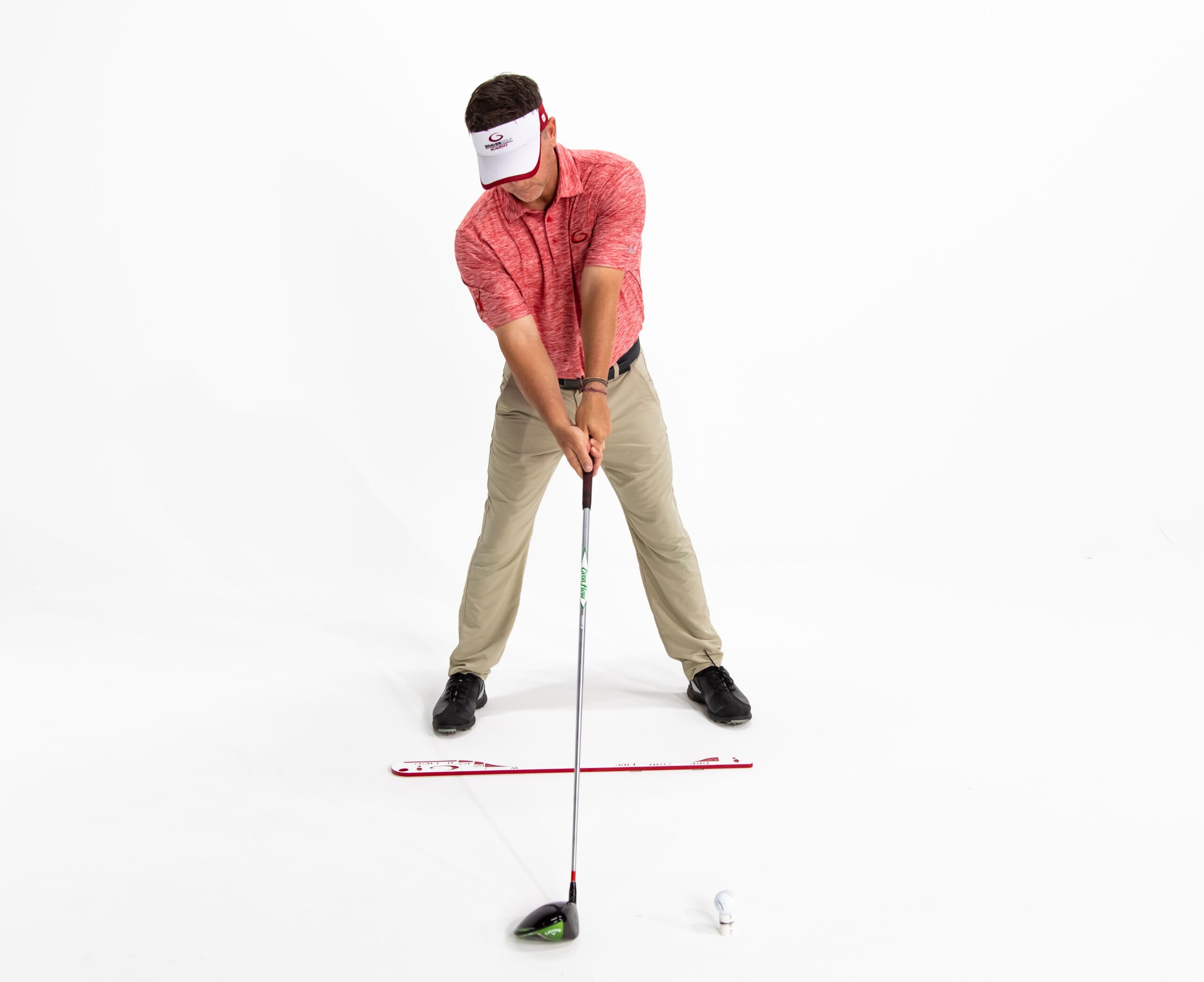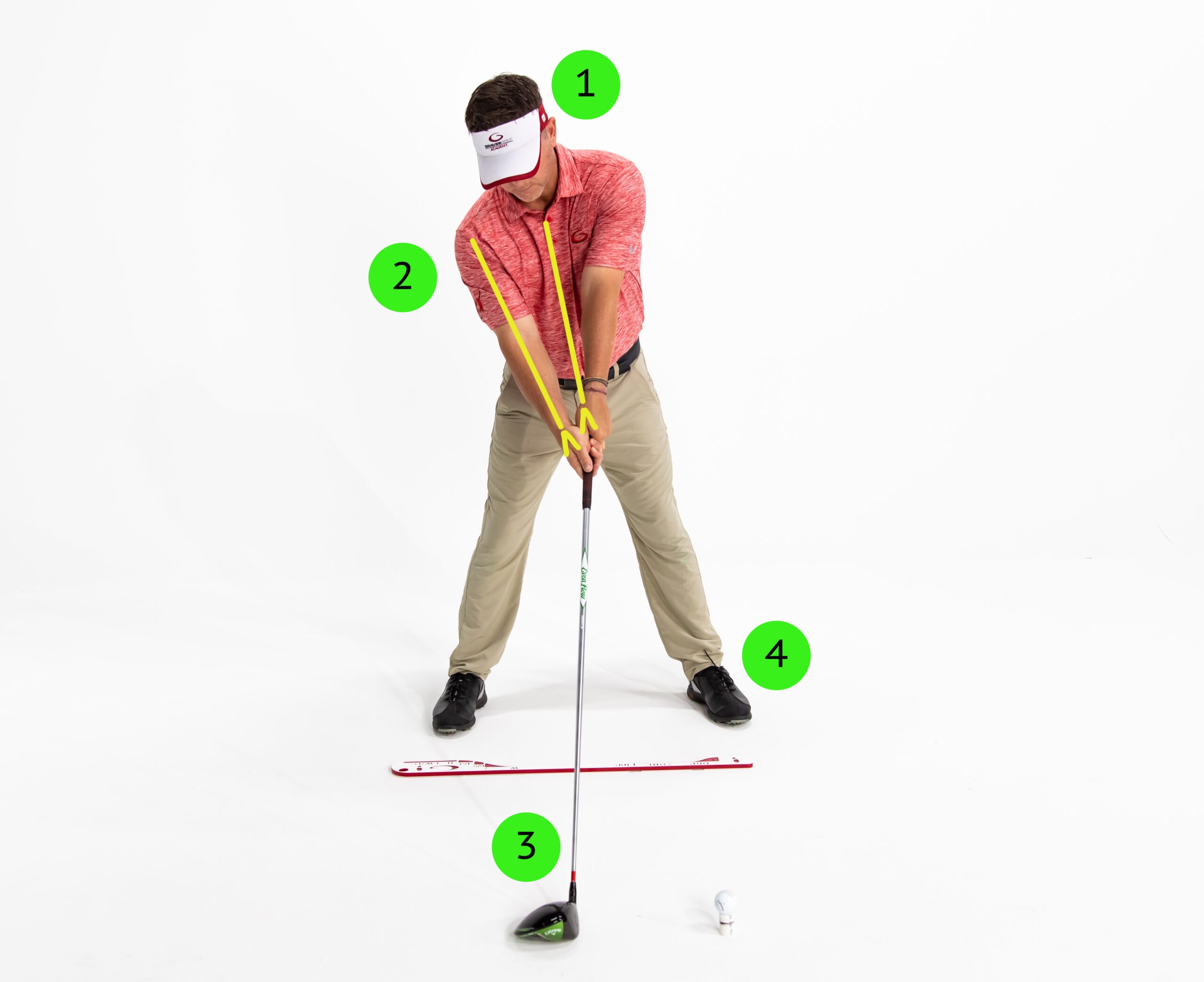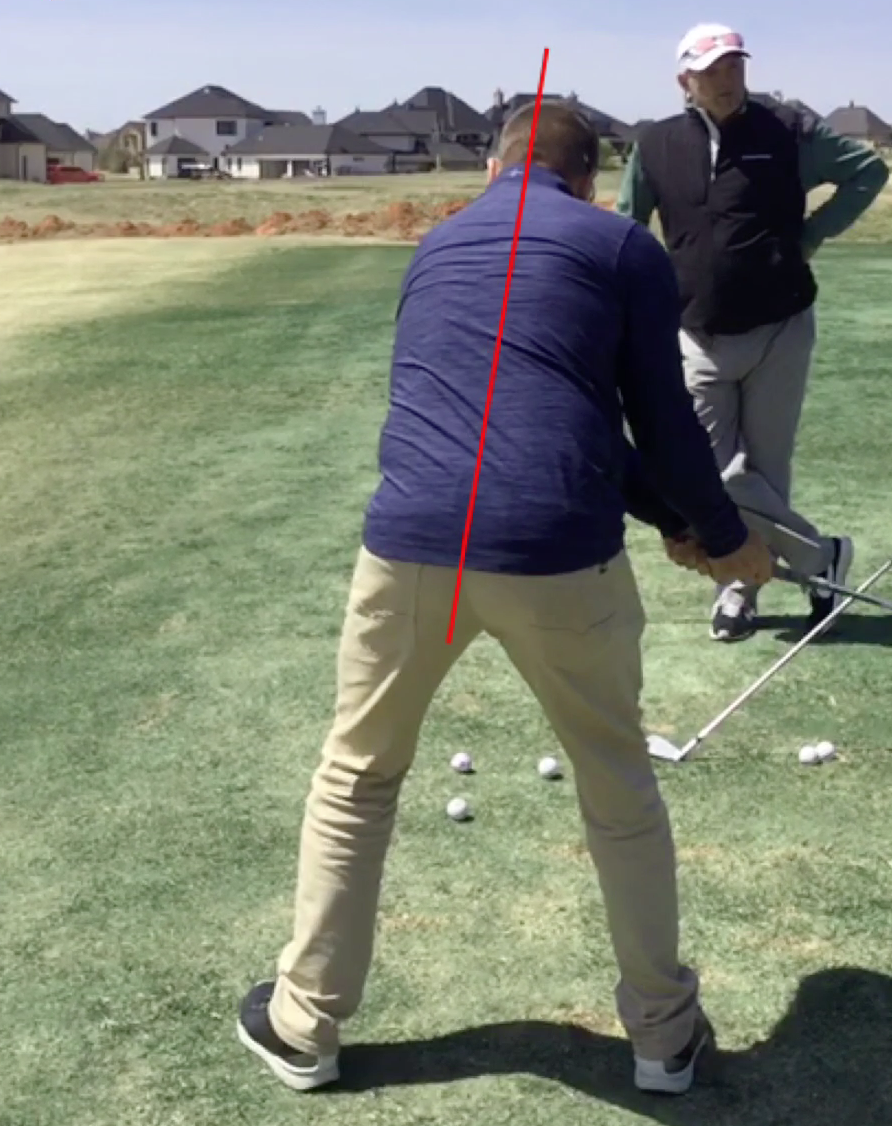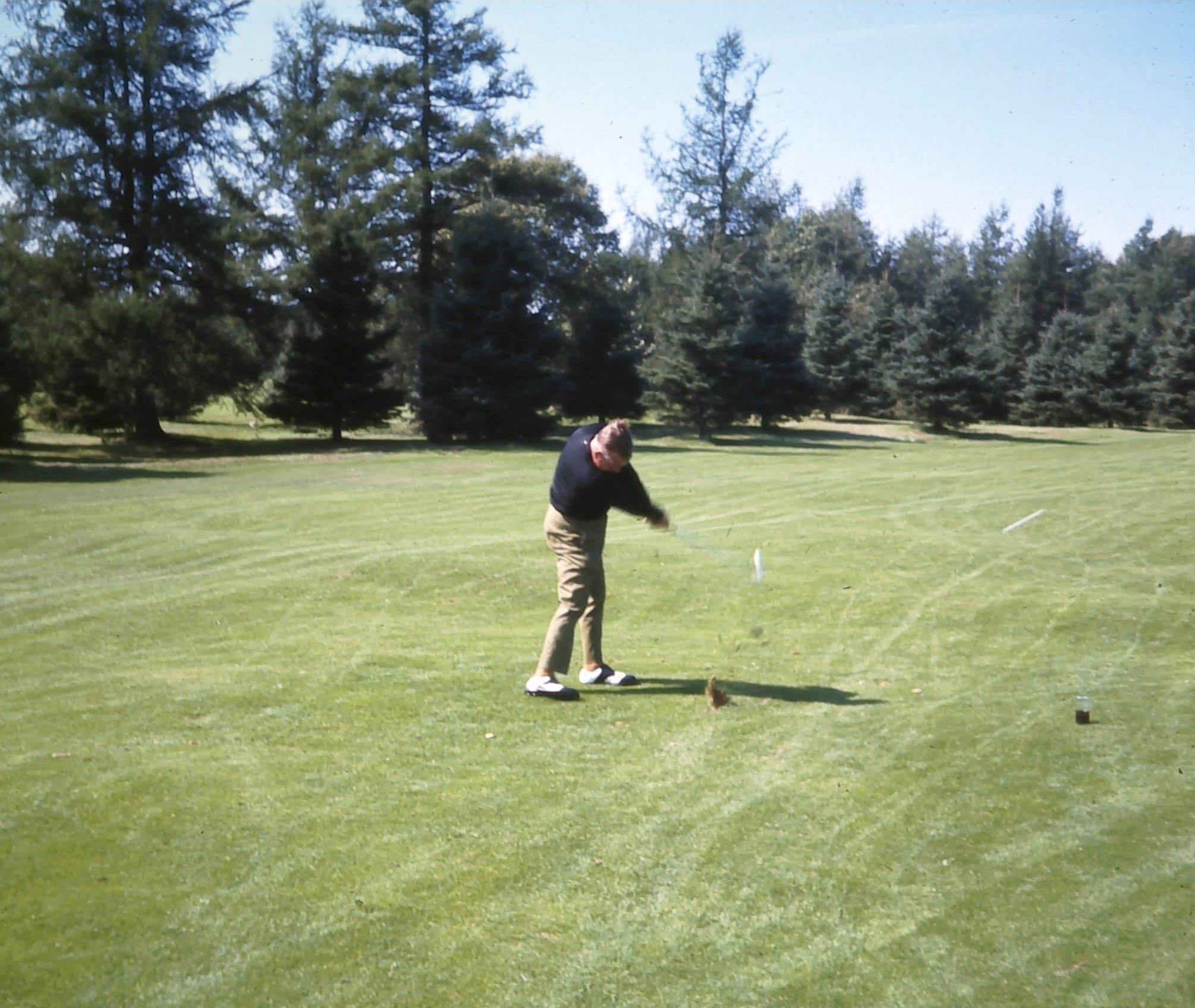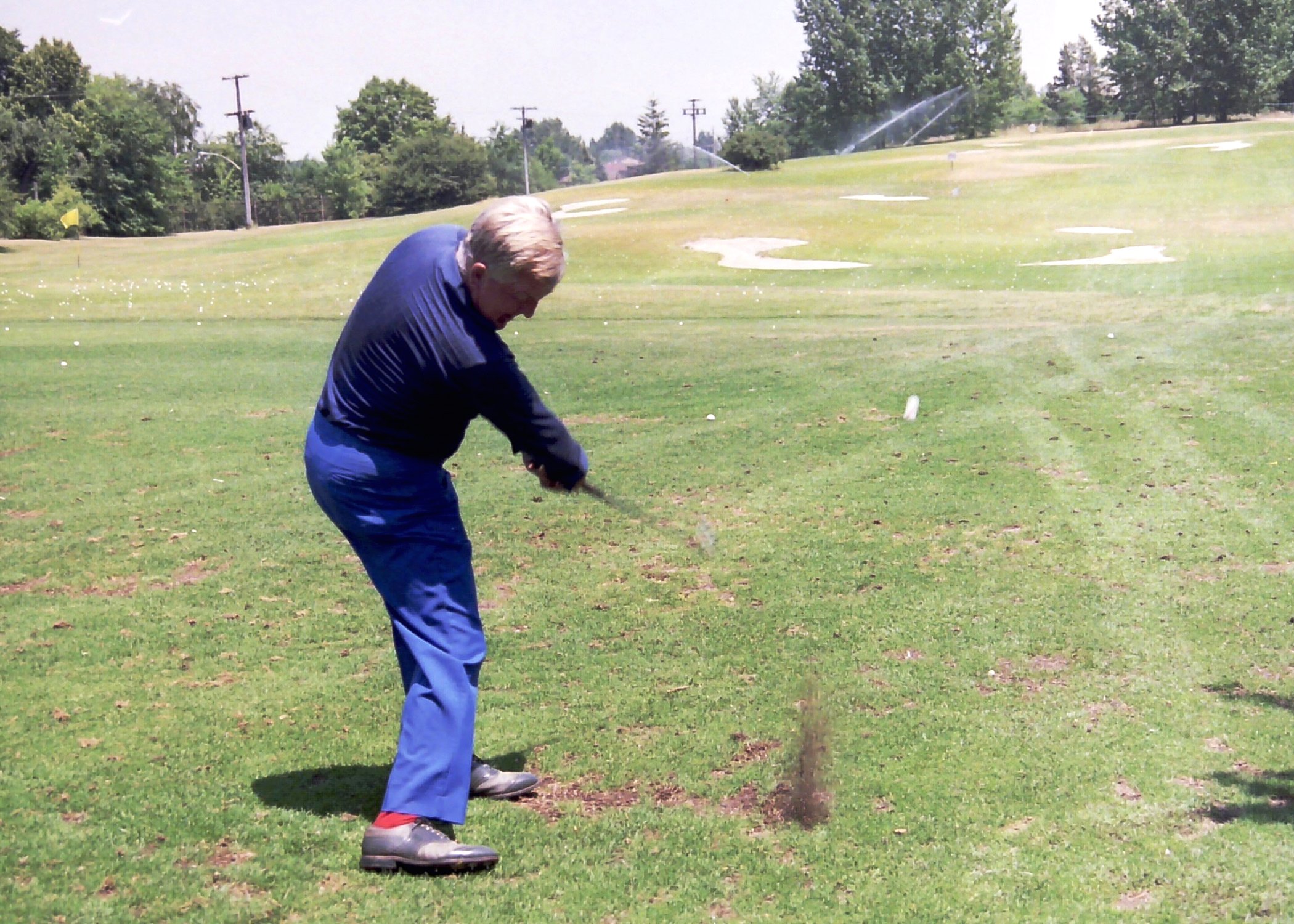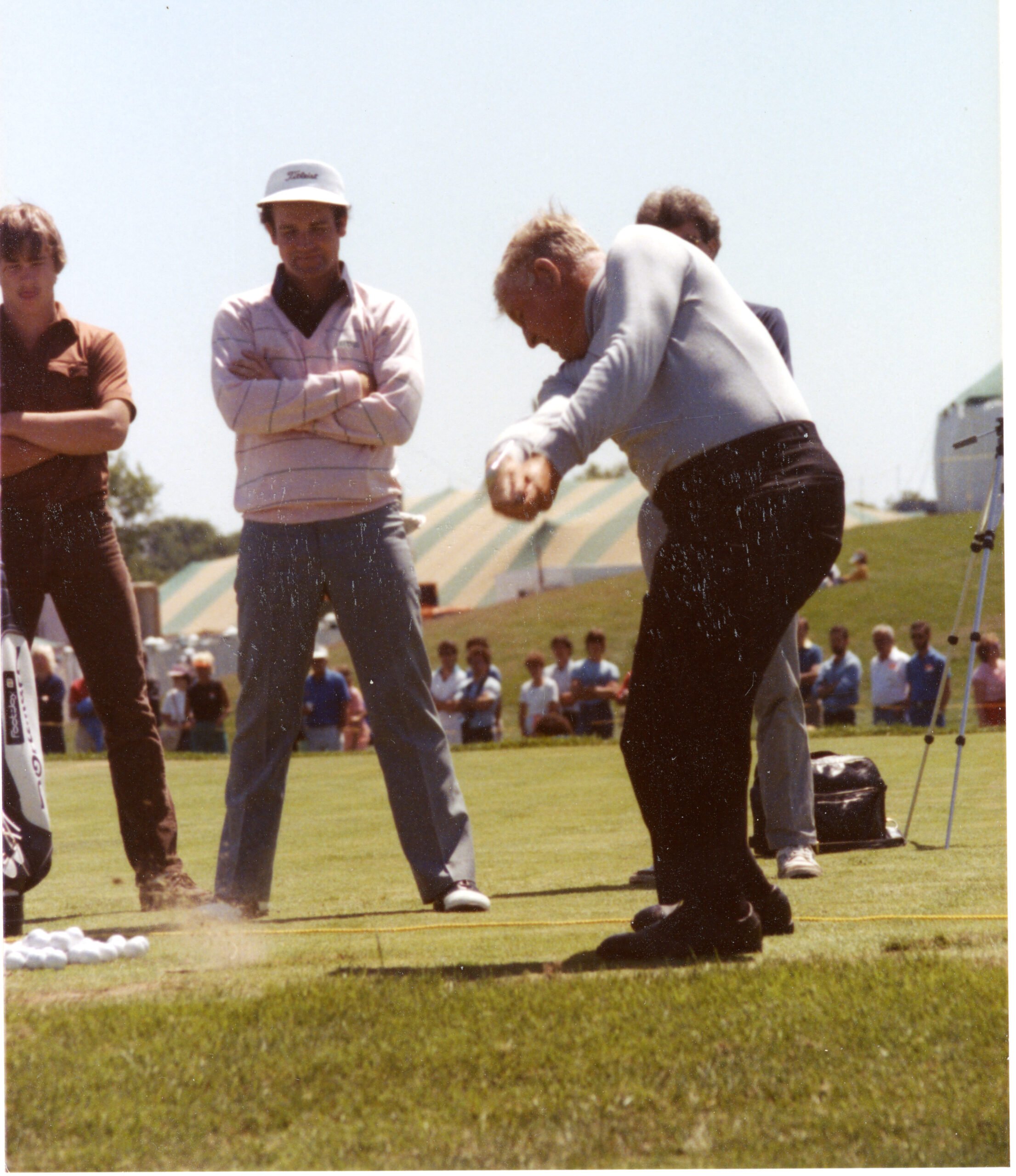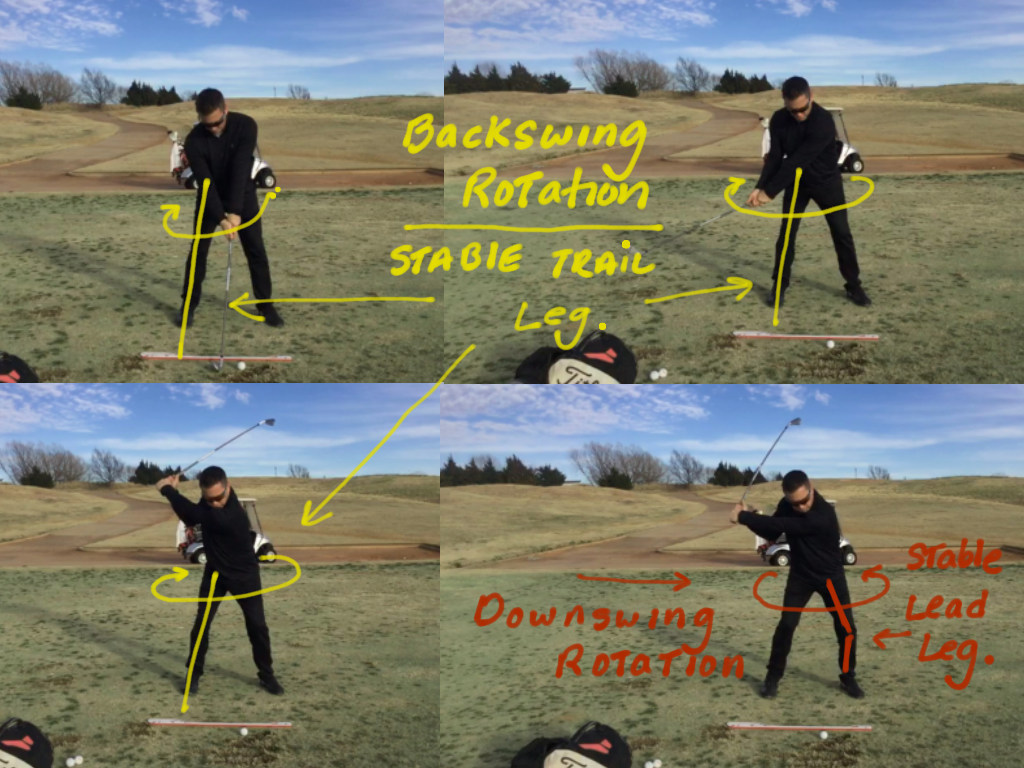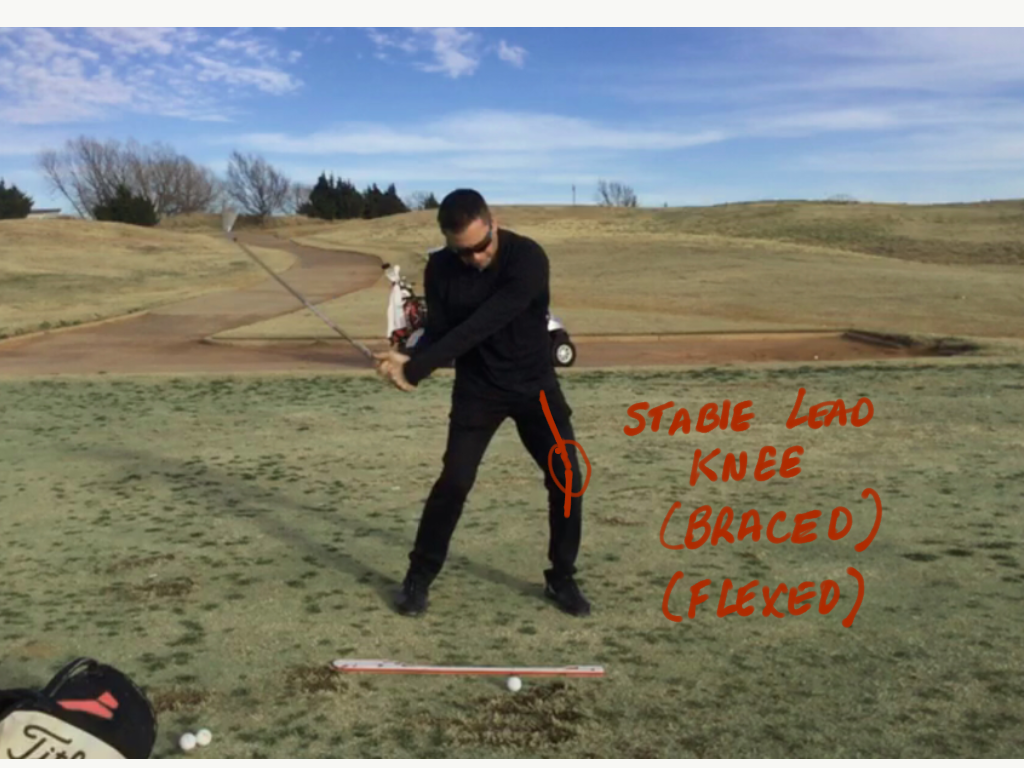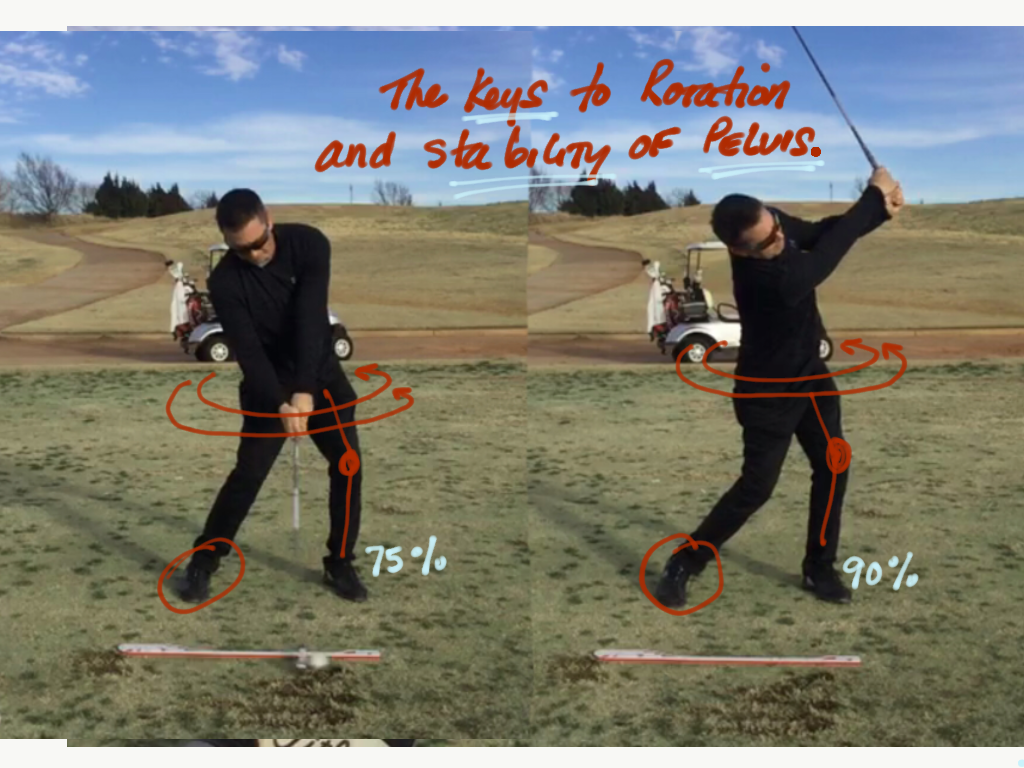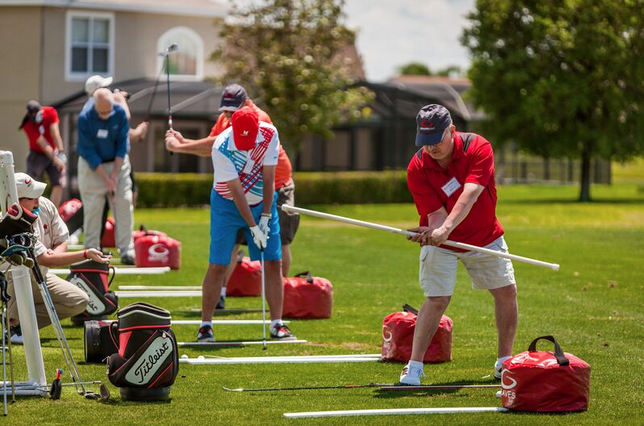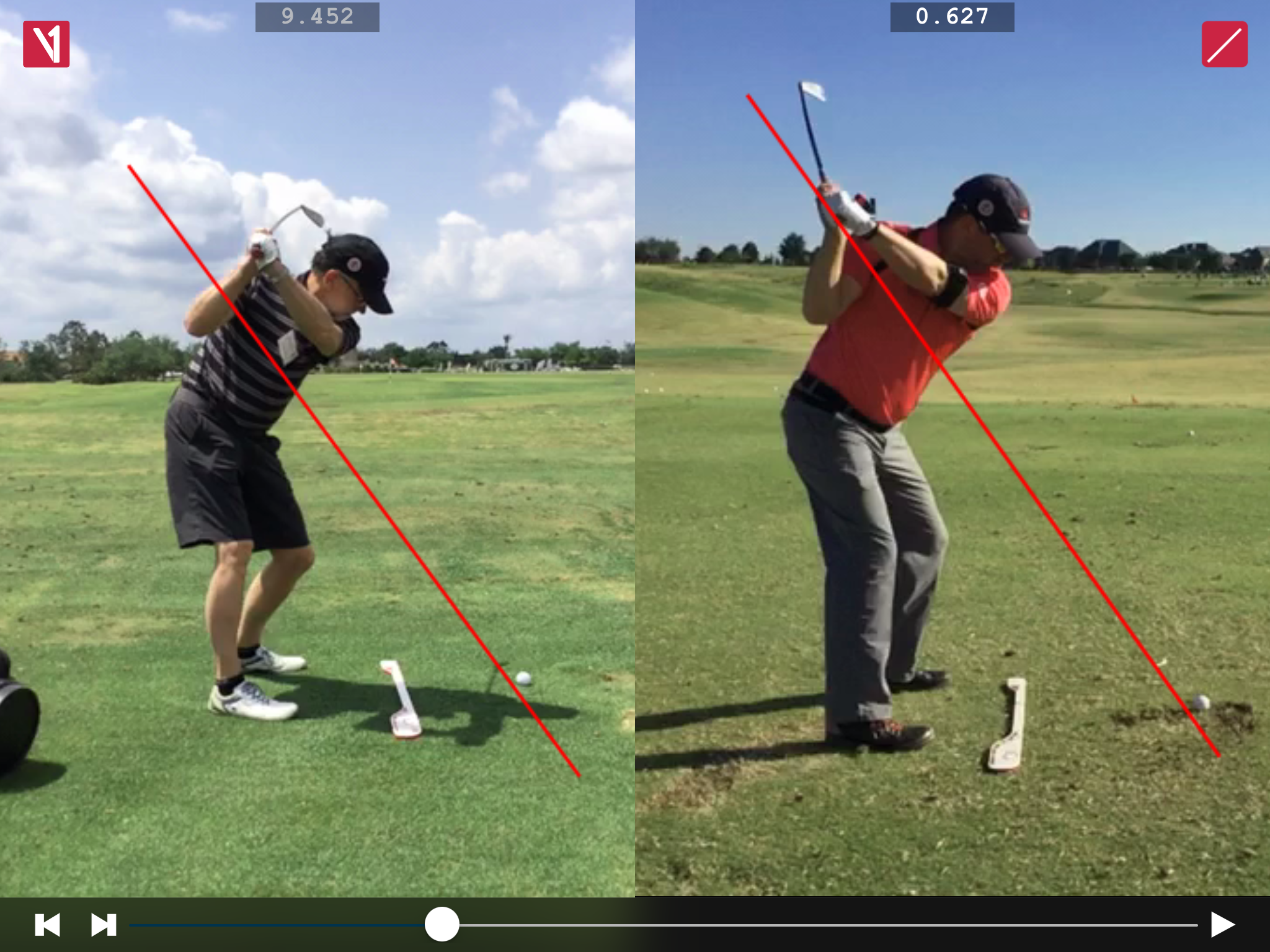In air navigation there is a rule of thumb called “1 in 60”. The 1 in 60 rule states that for 60 miles a pilot has traveled, for every mile that he is off-course is equal to 1 degree. This means that the farther you travel, the more off-course you would be.
The 1 in 60 rule is analogous to the golf swing where, for every mistake you make at the beginning forces you to compensate and correct throughout the entire motion. The problem with corrections during the golf swing is compounded when the entire golf swing is happening in less than a second. When you make a mistake early in the swing motion it creates a domino effect throughout the golf swing.
Take the address position for example. If you mis-align your hips, it affects your lower back (spine) affecting your shoulder position. You shoulder position affects the way your arms extend and your arm extension affects how you hold the golf club. Everything works together and the little things can cause big problems. Moe would often refer getting the little mechanical elements correct as “the Purity of Technique” – something I always personally strive for. Many of the problems in the golf swing are caused at the very beginning – the address – the first domino.
Let’s take a look at the Purity of Technique at address.
From the Down-the-Line Perspective, the clubshaft aligns with the trail arm and the lead arm is visible (1). There is no gap between the arms and the legs are relatively straight (but not locked)(2). The handle of the club (butt-end) is not visible under the trial arm (3). The plane of the club-shaft runs to the middle of the back (4).
Gripping the club correctly isn’t enough to ensure the proper address position. As a matter of fact, you can’t have a correct grip if the body position isn’t arranged properly – what Moe called Orientation.
Orientation relates to how the body is oriented that allows you to grip and stand correctly to the ball at the start. The way to achieve the perfect grip is by positioning the body correctly as well.
The tilt of the upper body orients the lead shoulder higher and extends the arms (1). This lowers the trail shoulder and places the trial hand into an “underneath” rotation (2). The club (head) is placed below the nose to allow the club to fully align with the lead shoulder (3). The lead foot is turned out slightly (4). With these details in place, the V of the trial hand points to the trail shoulder and the V of the lead hand points near the middle of the chest. Notice how I positioned the body before I discussed where the V’s were pointing. The V’s point correctly because of ideal body orientation.
Like dominos where the first domino sets off a chain reaction. When it comes to the purity of technique, your address position is your first domino. and every detail matters. This is the Domino Effect.
You can find out more about in my latest video Series “The Domino Effect” back to basics by going here:
